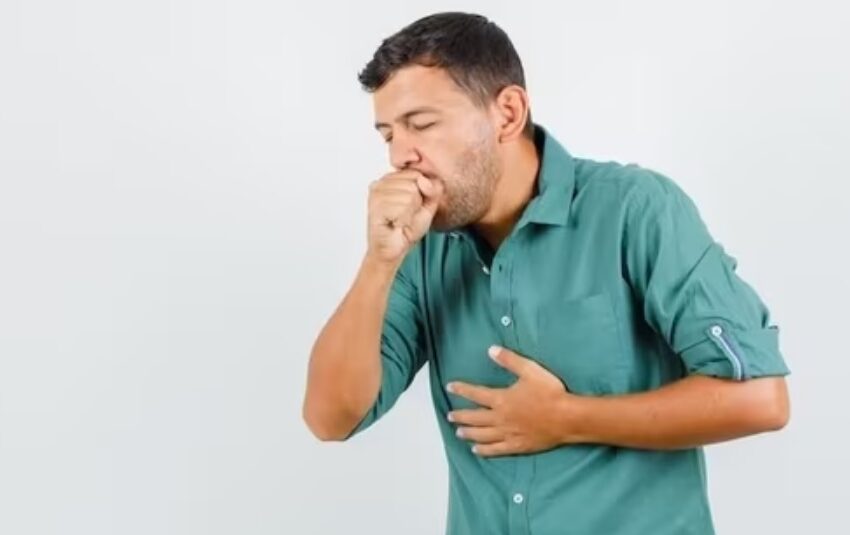
Distinguishing Symptoms: Lung Cancer vs. Asthma on World Asthma Day 2024
Coughing and shortness of breath are common symptoms of both lung cancer and asthma. Here’s how to distinguish between the two.
Lung cancer and asthma both may have some overlapping symptoms like coughing and shortness of breath. It is thus crucial to distinguish between the symptoms of the two diseases. Lung cancer accounts for approximately 12.5% of all newly diagnosed cancer cases worldwide as per GLOBOCAN 2022. Asthma affects close to 300 million people and accounts for close to 500,000 deaths as per WHO statistics. Despite some common symptoms, both of these conditions can be distinguished by considering certain factors. While wheezing is more associated with asthma, chest pain and coughing up blood is a telltale sign of lung cancer.
Exposure to certain irritants and substances that trigger allergies can lead to asthma flare-ups while smoking cigarettes is the biggest risk factor for lung cancer. Abnormal growth that starts in lungs is cancer, while asthma narrows down or shuts breathing passage of the lungs.
On occasion of World Asthma Day, Dr Parikshith Jayaprakash, Medical Oncologist – Sunrise Oncology Centre in an interview with HT Digital discusses how to differentiate the two conditions
Lung cancer vs asthma: How to know difference between symptoms
- Age
The median age of diagnosis for lung cancer is the seventh decade, especially in the west, but it may be a decade earlier in India. But it is pertinent to note that lung cancer can occur in younger age groups too. However, bronchial asthma is typically diagnosed early – in the second and third decade of life. - Wheezing
The high-pitched sound you may have heard when one of your friends, colleagues or family members experienced an attack is characteristic of asthma. But few patients with tumours may also experience it, but not as common in asthmatics. - Trigger factors
Individuals with asthma have well-known trigger factors and these vary from person to person. The commonly implicated factors are household dust, pollen, air pollution and exercise. There is currently very frugal scientific evidence regarding triggering factors in lung cancer. - Haemoptysis
One of the dreaded scenes we have witnessed innumerable times on television and in theatres and well-engrained in public memory is the sight of blood during coughing, especially in handkerchiefs, clothes, and basins. However, it is important to note that only 10-20% of lung cancer patients experience this. But it is extremely rare for asthmatic. - Associated symptoms
Some of the symptoms which patients with malignancy experience are fatigue, unexplained weight loss, severe bone pain, lumps and swellings in the neck or collarbone region and headache. Individuals with bronchial asthma usually don’t experience these symptoms. - Non resolving symptoms
Asthma is usually well controlled with medications and most individuals experience significant symptom control. The same is not true for lung cancer and patients do not experience any relief until cancer directed therapy is initiated.

